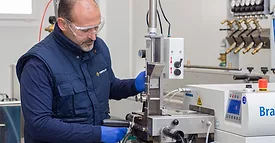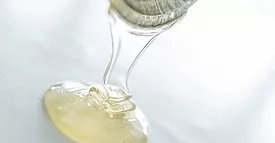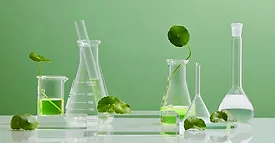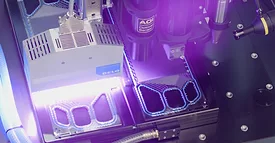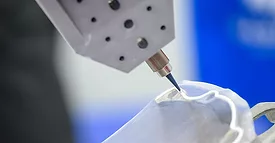Home » Publications » Adhesives & Sealants Industry
Adhesives & Sealants Industry

December 2025
Features
Back to TopThese adhesives bond substrates and also provide added properties that enhance the functionality of the final product.
Read More
Antimicrobial Hot-Melt Adhesives: Enhancing Safety and Hygiene in Medical Applications
How UV crosslinkable hot melts can be enhanced with antimicrobial additives.
December 17, 2025
Performance Aligned with Sustainability: Polyethylene Wax in Metallocene-Based Hot-Melt Adhesives
The incorporation of a biobased component can simultaneously provide performance and promote sustainability.
December 17, 2025
System Combines Curing and Dispensing for Automated Fuel-Cell Sealing
The combination of innovative adhesives, fast curing, and state-of-the-art dispensing technology has created a new production process.
December 17, 2025
How AI and Biobased Chemistry Are Helping Transform Industrial Adhesives
ASI interviewed Michael Lefenfeld, President & CEO of Hexion, to discuss the company's sustainability strategy and vision for the future of sustainable chemistry.
December 17, 2025
Columns
Back to TopThree Key Trends Shaping Adhesives and Sealants Advances
The importance of adhesives and sealants may be sometimes overlooked, but trends within these product classes matter.
December 17, 2025
Keep the info flowing with our newsletters!
Get the latest industry updates tailored your way.
JOIN TODAY!Copyright ©2025. All Rights Reserved BNP Media.
Design, CMS, Hosting & Web Development :: ePublishing
